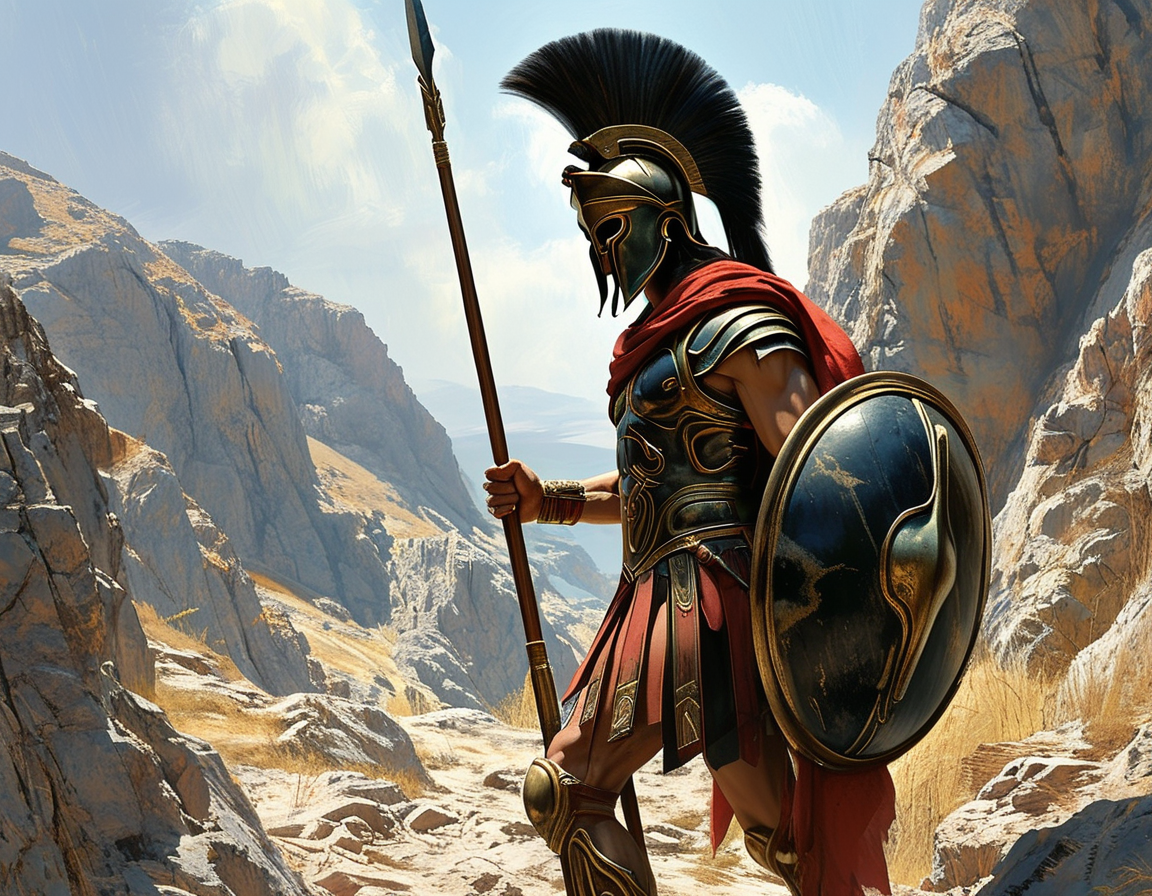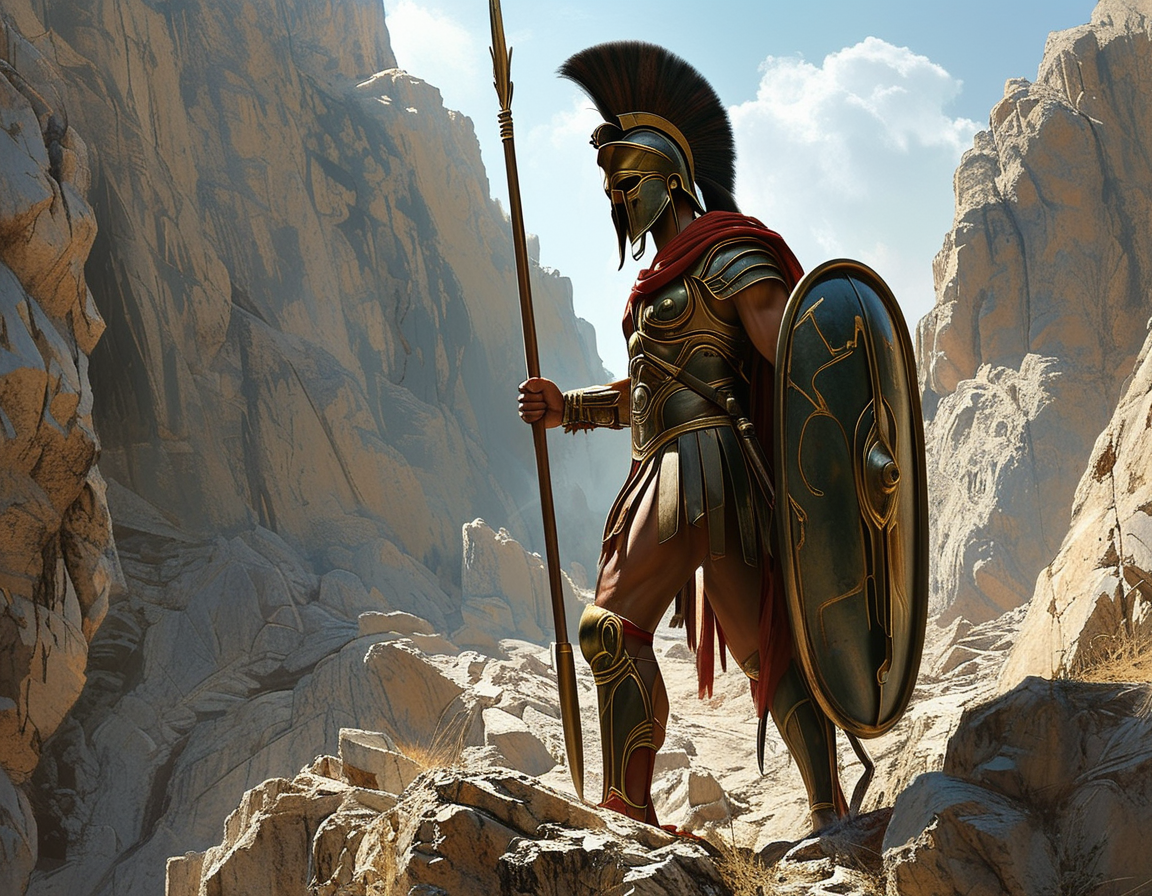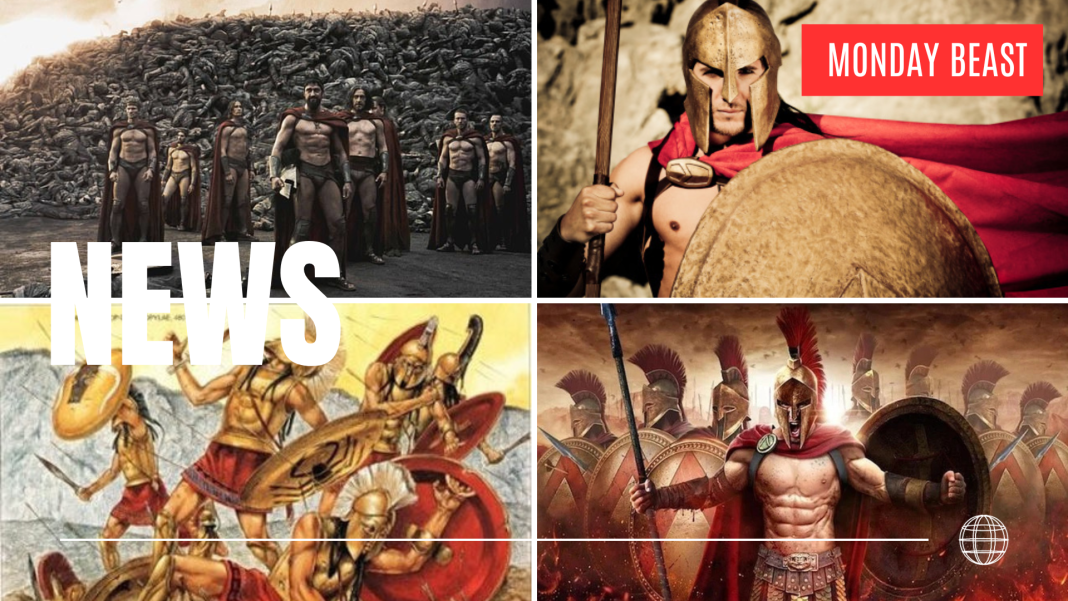Sparta is a name that echoes through history. Known for its fierce warriors, it was a city steeped in military tradition. But what was daily life truly like for its citizens? Understanding Sparta goes beyond battles and glory.
A Brief History of Sparta
Sparta is located in Laconia, Greece. It rose to power during the 8th century BC. The city-state became a key player in Ancient Greece’s complex political landscape.

One pivotal event marked its history: the Peloponnesian War. This conflict, pitting Sparta against Athens, shaped the fate of Greece. It was here that Sparta’s strengths—and weaknesses—were put on display.
Life in Sparta: A Different World
Life in Sparta starkly differed from other Greek cities. Here, the emphasis lay on discipline and military prowess. From birth, children were scrutinized for their potential as warriors. Weak infants were often left to die, a grim reality that reflects Spartan values.
As children grew, they were introduced to a rigorous education system. At just seven years old, boys entered the agoge. This was no ordinary school; it was a military training ground. They endured harsh physical tests, mental challenges, and learned survival skills. Girls also participated, gaining strength to bear future warriors.
The Spartan Warrior

Spartan warriors were renowned for their exceptional training. They formed the Hoplite infantry, ready to defend their city. Equipped with bronze armor, large shields, and spears, these fighters executed their duties with unwavering resolve.
Their training was brutal, but it instilled an unbreakable spirit. Spartan soldiers believed in loyalty and resilience. Concepts like surrender were alien to them; they fought until the bitter end.
Famous Battles: The Stuff of Legends
When considering the might of Sparta, one battle stands out: Thermopylae. In 480 BC, King Leonidas led 300 Spartans against a vast Persian army. The odds were against them, yet they held their ground.

This stoic stand became emblematic of bravery. Though ultimately defeated, the Spartans’ sacrifice inspired future generations. Their spirit transcended time, symbolizing courage against overwhelming odds.
Spartan Culture: More Than Just War
Yet, Spartans were not just ruthless fighters. They had a distinct culture that valued strength and self-discipline. Art and poetry flourished, albeit differently than in Athens. Spartan culture encouraged a focus on physicality that resonated through their artistic expressions.
Communal living was integral to Spartan life. Families often lived together in large groups. Loyalty to the state was paramount, and individual desires took a backseat. It’s fascinating to wonder how that level of camaraderie felt, day in and day out.
The Enduring Legacy of Sparta
Today, Sparta stands as a symbol of might and discipline. Its influence stretches beyond Ancient Greece. The stories of Spartan bravery continue to resonate, inspiring literature, movies, and even sports.
In essence, Sparta represents more than a city—it’s an idea of strength and resilience. As we reflect on this ancient society, we can’t help but ask ourselves how its values resonate in our lives today. The tale of Sparta urges us to consider our own definitions of bravery and sacrifice.




